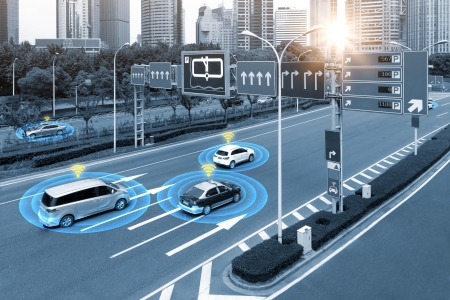Aspirations to drive in a self-driving vehicle are expected to increase when purchase costs decrease considerably, and people are satisfied with the vehicle. Self-driving vehicles can only change mobility if they are accepted and used. Research into potential users of self-driving vehicles [42] shows that possible safety benefits, absence of parking issues, and the option to engage in other activities while being on the road are most attractive. Costs, less control over the car, and crash liability are less attractive. These opinions affect aspirations to use self-driving vehicles. Researchers [43] predict that self-driving vehicles will only be widely used when costs show an annual decrease of 15% to 20% and when all users are happy with their purchase. Another study [44] lshows that purchase of a self-driving vehicle is primarily linked to the expected vehicle performance, expected operating simplicity, and the influence of the social environment. As individuals are generally more inclined to go along with innovations, these links are stronger. This finding implies that innovation-minded consumers, in particular, can facilitate the widespread introduction of self-driving vehicles. To boost acceptation and introduction, marketing efforts should, therefore, probably focus on such consumers.
Answer
